Largely unknown beyond photography circles, Hayeri is the new recipient of the revered photojournalism award, in memory of the late Chris Hondros, who died covering the war in Libya in 2011.
Hayeri was born in Iran, but moved to Canada at the age of 17 without speaking a word of English. Initially finding it hard to settle into her new home in Toronto, Hayeri spent the next few years familiarising herself with the creative subjects and a new language.
Inspired by the work of the Canadian photojournalist, Dominic Nahr, it was there that she first began to develop her photography skills, using her camera as a way to ‘bridge the gap’ between two very different cultures as a form of expression as well as communication.
“I fell in love with photography because I didn’t have to speak, explain myself or write essays for it,” she says. “I was doing really well and picking up everything quickly. And I was making friends.”
Nevertheless, Hayeri returned to her home in the Middle East, and began work on projects that focused on migration, youth and sexuality; issues, she says, that are close to her heart, particularly given her struggle with her own national identity. Perhaps conveniently, there were very few photojournalists covering Iran at the time, particularly those who had such close ties to its heritage.
“My photography is a way to satisfy my personal curiosity,” she says. “People make jokes in Iranian and people make jokes in Canadian, but I don’t get it. I’m curious about how other migrants and other teenagers deal with it.”
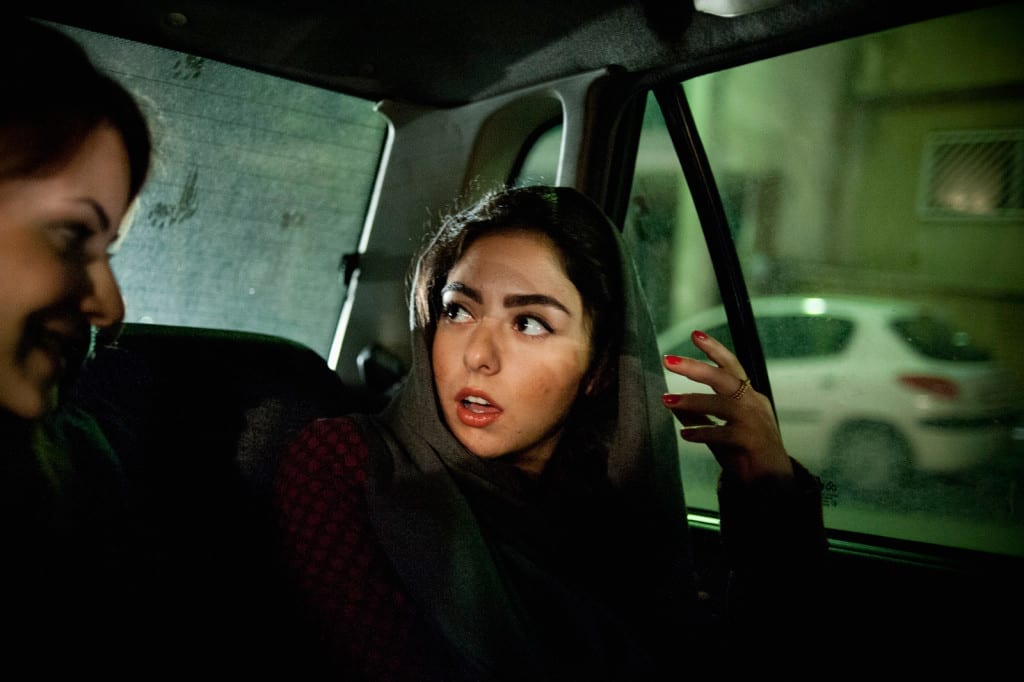
Hayeri, however, felt an even greater urge to stay and immerse herself further into the community.
“I move to countries to get the project done,” she says. “You need to gain the trust of your subjects, and also I like to understand them better.
“I’ll put my camera on my shoulder and go to the same bar in Kabul ten times. I always tell them why I’m there and why I’m doing this project. Then, on the eleventh visit, I may take out my camera and start shooting.”
She has, however, faced a number of challenges. Working in Jalalabad in Eastern Afghanistan at the time of our interview, Hayeri must always be accompanied by a man if she wishes to shoot on the streets outside.
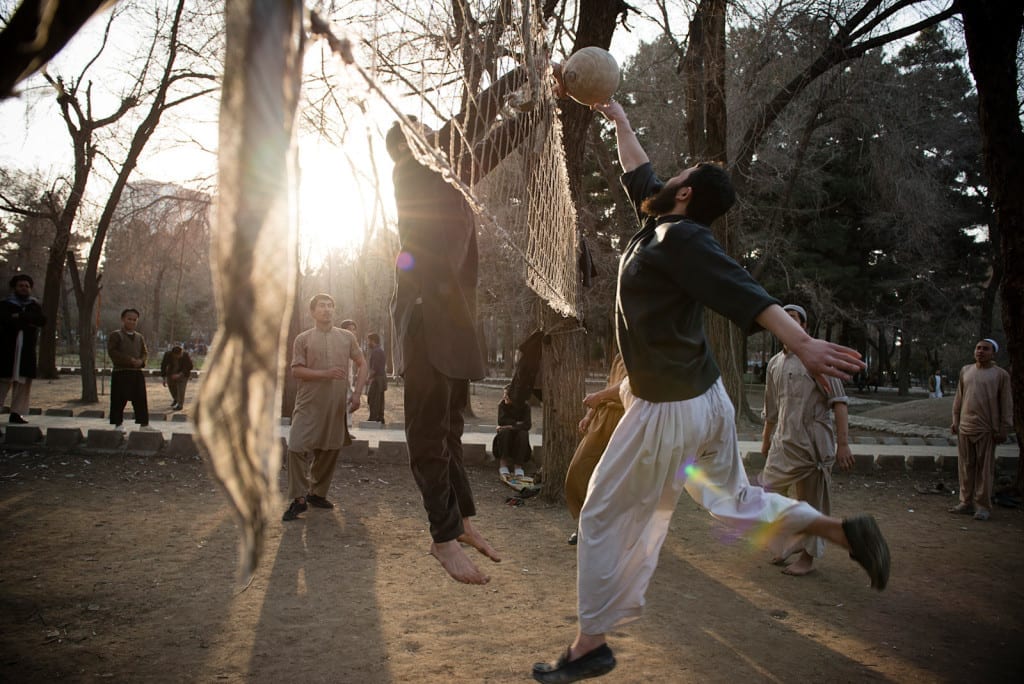
Her Iranian complexion and knowledge of the local language means she is often mistaken for an Afghan woman; a perception that, at times, can get her into trouble.
“We were shooting inside the parliament with a team and one of the men was intimidated by my presence as a female who was walking around with a camera,” she recalls. “There was a lot of yelling and threatening. I tried to be as calm as possible and walked away.”
But she remains unfased. “It’s ok. It’s just a part of it, you know?” she says.
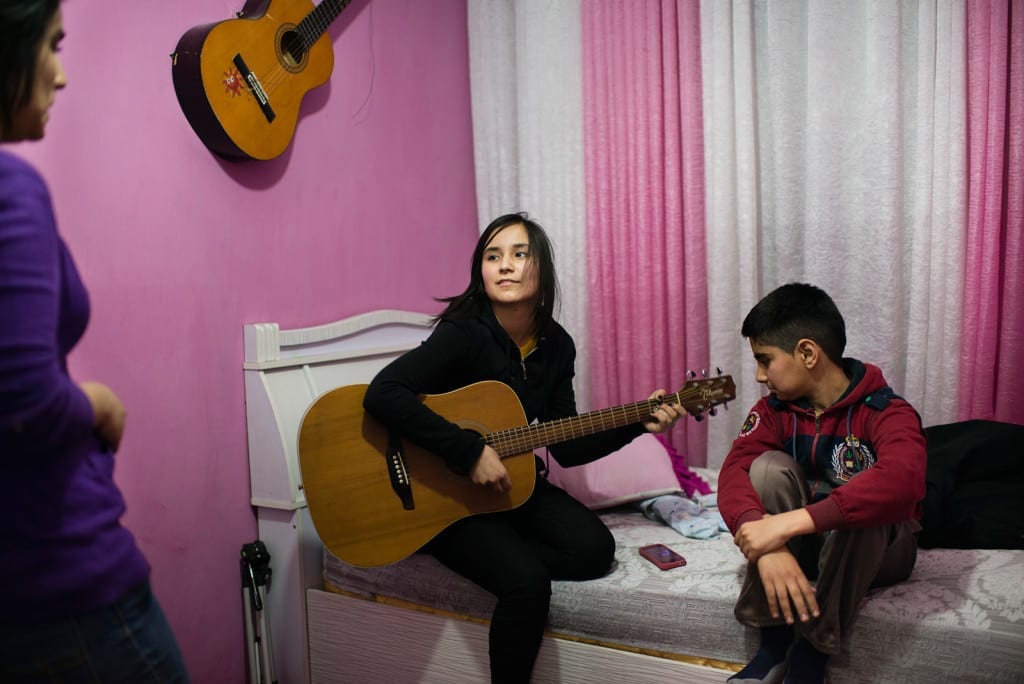
She is a figure who can get further than anyone, even in the most conservative and patriarchal societies.
Hayeri, as a result, is seen as more trustworthy than men and is able to get access into the private homes of local families.
In such private domestic environments, she has captured the hidden moments in young adolescent’s lives as they develop their expression of identity, as well as documenting events in their daily life.
The day after our interview, she is going into people’s houses to photograph a day of Polio vaccinations for a new campaign.
“You try to make yourself a human rather than just a photographer,” she says. “For example, if they have a sister, I’ll say ‘Oh, I have a brother.’ You try to make a connection. “
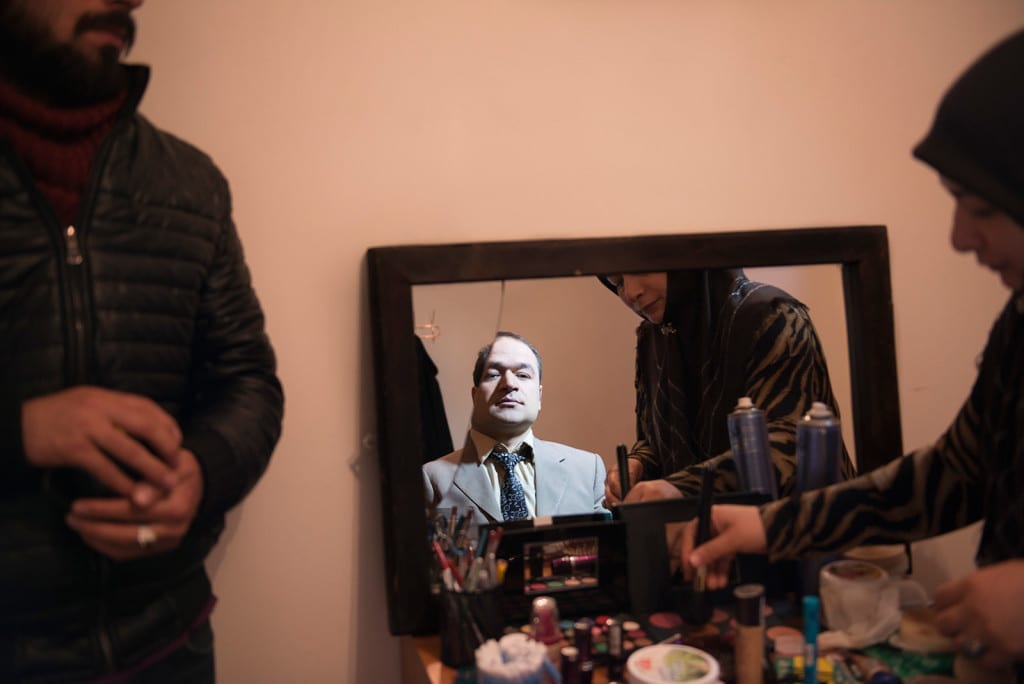
Aside from preparing to launch her new agency, Namara, with six other photojournalists, she is a TED fellow, has been selected for a fellowship with the International Women’s Media Foundation to report in Rwanda and the Democratic Republic of Congo, and is this year’s winner of the Chris Hondros Fund award in the Emerging Photographer category.
The award, founded in memory of the well-respected photojournalist after his tragic death in a conflict zone, is a grant of $5,000 to be used for documentary projects.
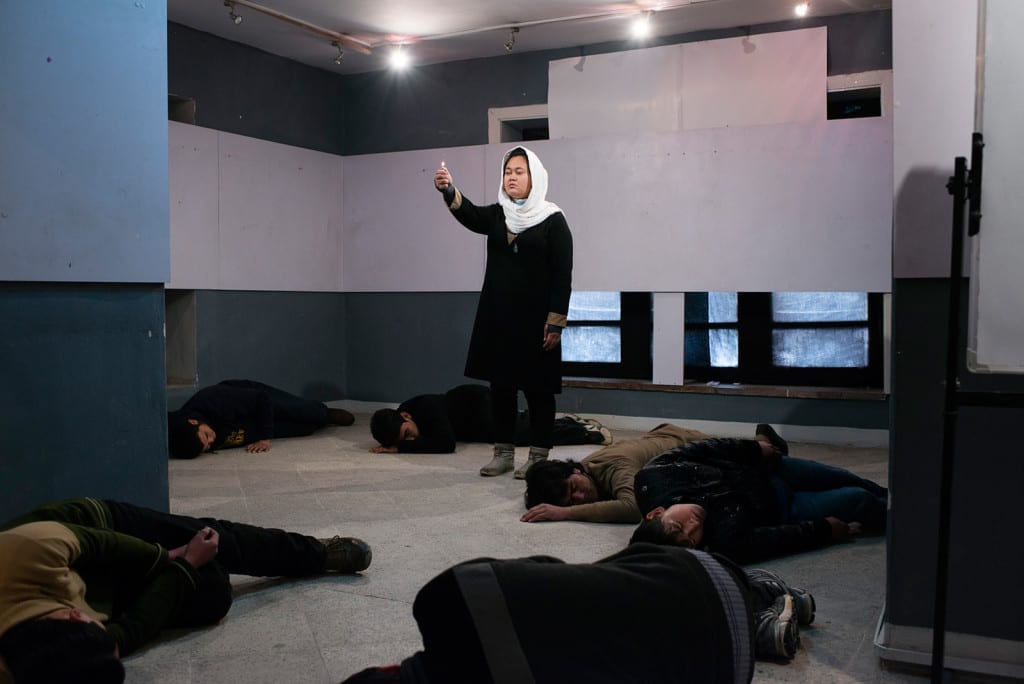
“I want to see how their culture is shaping up in Europe,” says the photographer. “It’s going to be part of the larger project (migration and adolescence), so visually and contextually there has to be a common thread going through all of [the photographs].
To see more of Hayeri’s work, go here.
